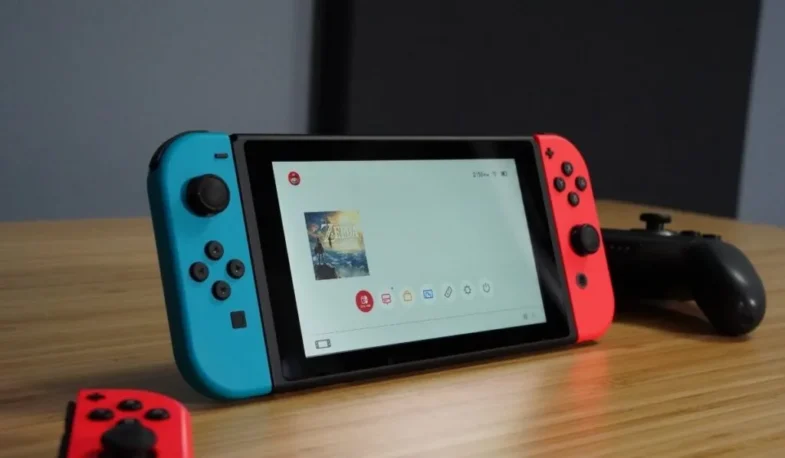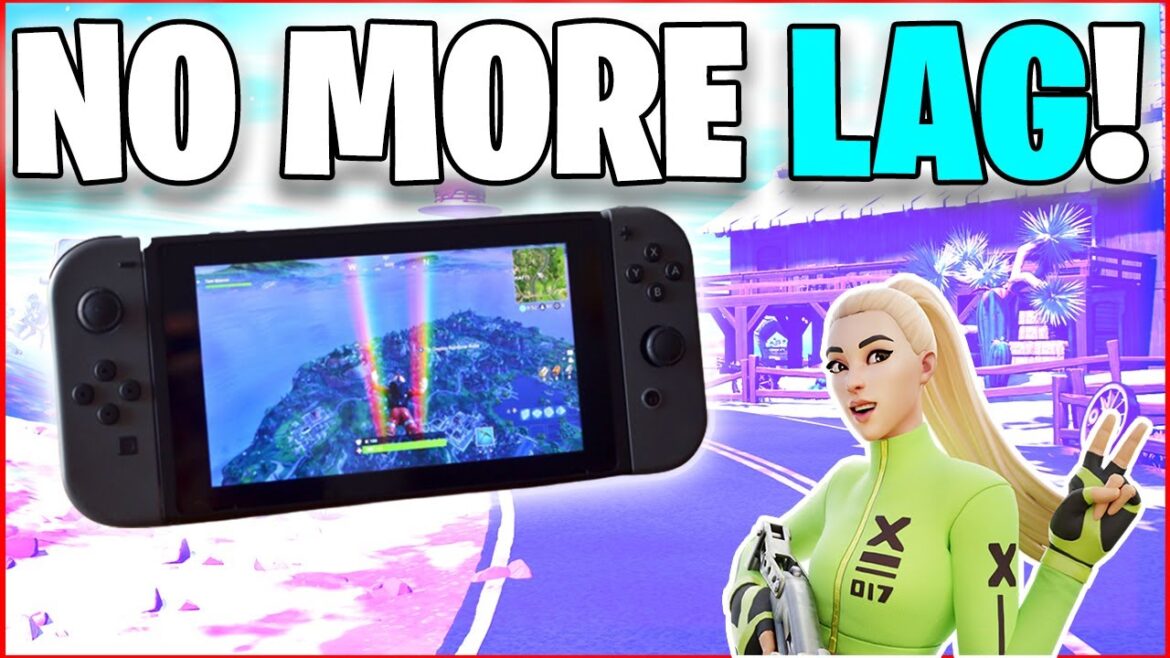As an ardent gamer, there’s nothing more frustrating than being in the middle of a thrilling match only to be let down by lag and high ping. Specifically for Nintendo Switch enthusiasts, these issues can dramatically affect your gaming experience. This article explores how to reduce lag on Switch, achieve the lowest ping on Switch.
Understanding the Causes of Lag on Switch
Before we delve into solutions, let’s understand what causes lag on Switch. Essentially, lag refers to any delay or latency that occurs between your input on the gaming console and the game’s response. It can happen due to various reasons, like internet connectivity issues, server problems, or console performance limitations. Sometimes, the lag temporarily occurs on your console while you may encounter continuous stuttering in gaming with poor internet.
Nintendo Switch Lagging

Source: pinterest.com
The Nintendo Switch is a great console, but like any electronic device, it’s not perfect. One issue that some users have reported is lagging. Lagging can be frustrating because it interrupts gameplay and makes the experience less enjoyable.
There are several possible causes of lagging on the Nintendo Switch. One common cause is having too many apps or games open at once. This can cause the system to slow down and struggle to keep up with everything that’s happening.
Another potential cause of lagging could be a poor internet connection. If you’re playing online games or streaming content, your connection speed could impact how smoothly things run on your console.
Hardware issues could also be to blame for lagging on the Nintendo Switch. For example, if your console is overheating or has a damaged component, this could lead to performance issues.
Tips to Reduce Lag on Switch

Source: freepik.com
Here are a few methods to help reduce lag on your Switch. Check one of your best solutions and get no lag on Switch any more.
1. Test your internet connection
Often, the source of the lag is a weak or unstable internet connection. Test your internet speed to ensure it meets the game’s minimum requirements. If your internet connection is weak, consider moving closer to your Wi-Fi router or upgrading your internet plan.
Wired Connection vs. Wireless Connection
When it comes to reducing lag on your Nintendo Switch, one important factor to consider is the type of connection you’re using. You have two options: a wired or wireless connection.
A wired connection means that you connect your Nintendo Switch directly to your router using an Ethernet cable. This type of connection tends to be more stable and reliable than a wireless one. With a wired connection, you’re less likely to experience lag and interruptions in gameplay due to interference or distance from the router.
On the other hand, a wireless connection can be convenient because you don’t need any cables. However, this convenience comes at the cost of stability and reliability. A wireless signal can easily be disrupted by walls, furniture, other devices or even weather conditions.
If you want optimal performance when playing games on your Nintendo Switch without experiencing any lags or delays then going for a wired internet setup is highly recommended over WiFi as it provides much better connectivity between console & network which ultimately results in smooth gaming experience with reduced delay times especially during online multiplayer matches where every millisecond counts!
2. Close unused applications

Source: pinterest.com
Having too many applications running in the background can affect the performance of your console. To optimise your Switch’s processing power for your game, make sure to close any unnecessary applications before you start playing.
3. Clear Cache
To clear the cache on your Nintendo Switch, go to System Settings > System > Formatting Options > Reset Cache. This will delete all stored data in the cache without affecting saved user data or settings.
It’s recommended that you clear the cache regularly to keep your system running smoothly. However, keep in mind that clearing the cache may result in slower load times for some games or apps as they rebuild their caches.
Clearing your Nintendo Switch’s cache is a quick and easy solution to reduce lag and improve performance.
4. Reset or Restart your console

Source: youtube.com
If your console has been on for an extended period, it can start to lag due to overheating or memory allocation issues. In such cases, resetting or restarting your console might help to clear out the system memory and cool down the device.
5. Update your console and games
Sometimes, the lag could be due to software-related issues. Regularly updating your Switch’s software and games can help to patch up any issues causing the lag.
6. LagoFast Box – Best Switch Lag Reducer
While the aforementioned tips are valuable, a surefire solution to significantly reduce lag on Switch is using a device like the LagoFast Box. This gaming VPN router reduces lag by connecting you to the best node with its multipath connection. It smartly chooses a gaming route with the lowest ping, providing a smooth and lag-free gaming experience. LagoFast Console Booster provides the efficient way to reduce lag and ping on all console platforms.
Achieving the Lowest Ping on Switch
In terms of achieving the lowest ping on Switch, stands out with its intelligent path selection feature. By choosing the route with the lowest ping, it ensures that your connection to the game server is as fast and efficient as possible. This greatly reduces ping times, keeping your game running smoothly and responsively.
In addition, also works to stabilize your gaming network connection, mitigating issues of disconnection or unstable networks, often the culprits behind lag.
Conclusion
The Nintendo Switch is a fantastic gaming console, and with the right tools, you can make your gaming experience even better. It really makes a difference for console gaming performance. The network connection is more stable than before. By prioritizing routes with lower ping and stabilizing your network, it ensures your gameplay remains smooth and uninterrupted. Your ultimate gaming experience awaits!
